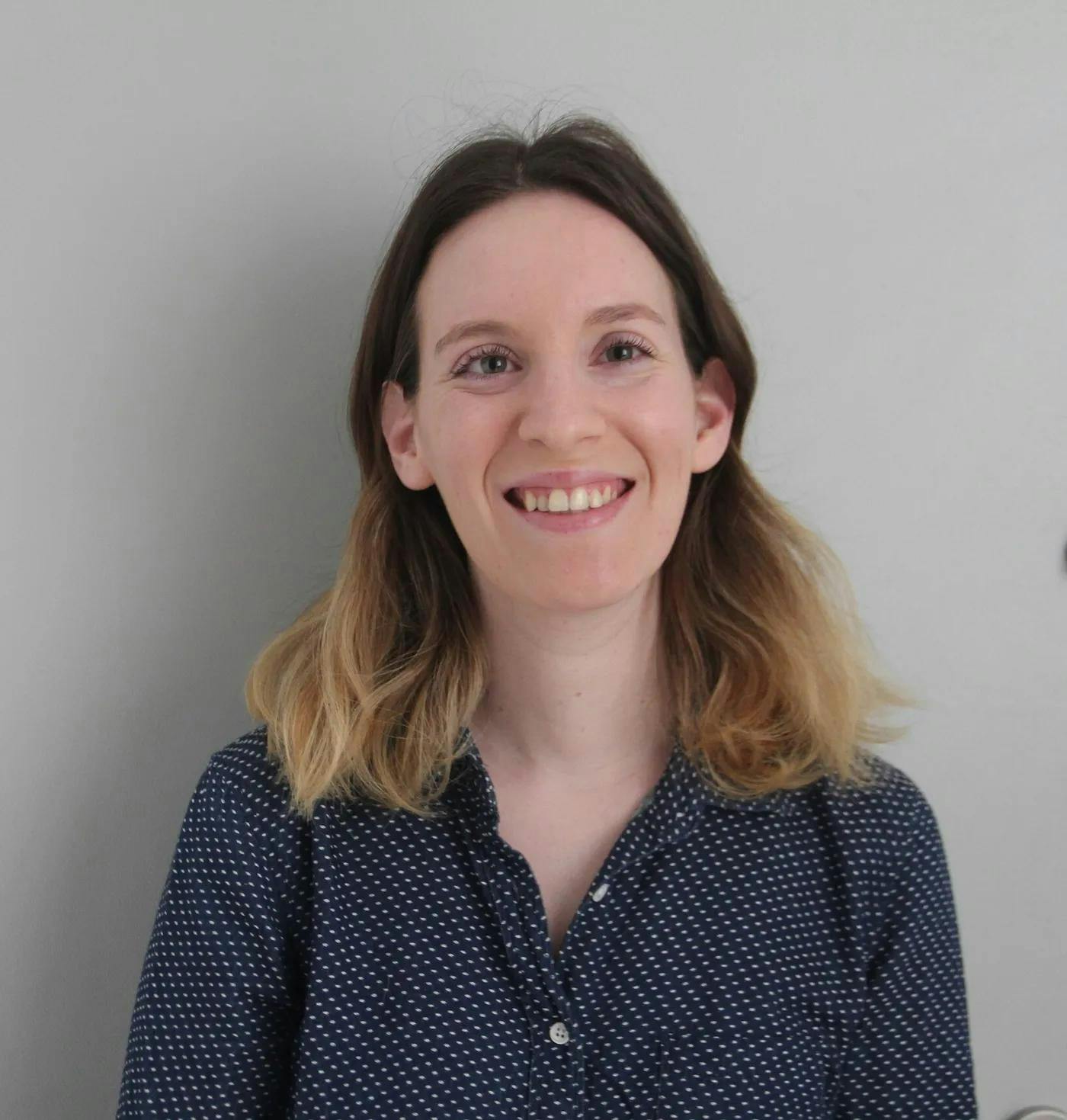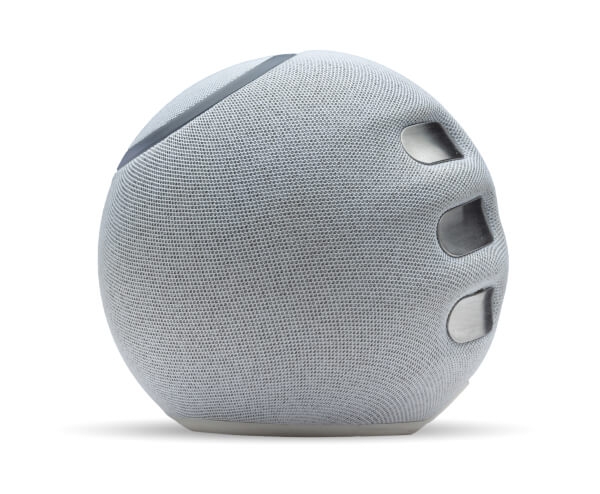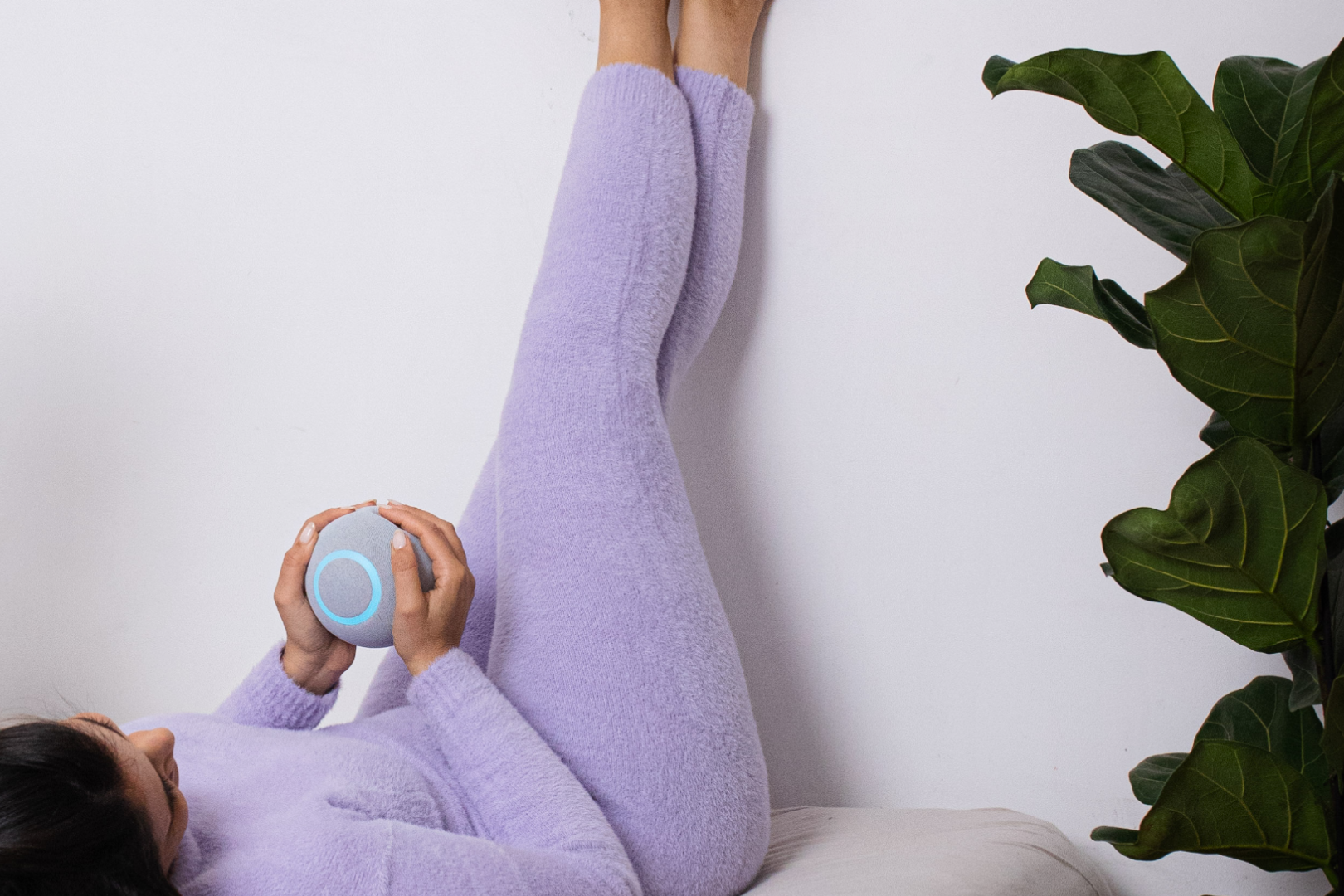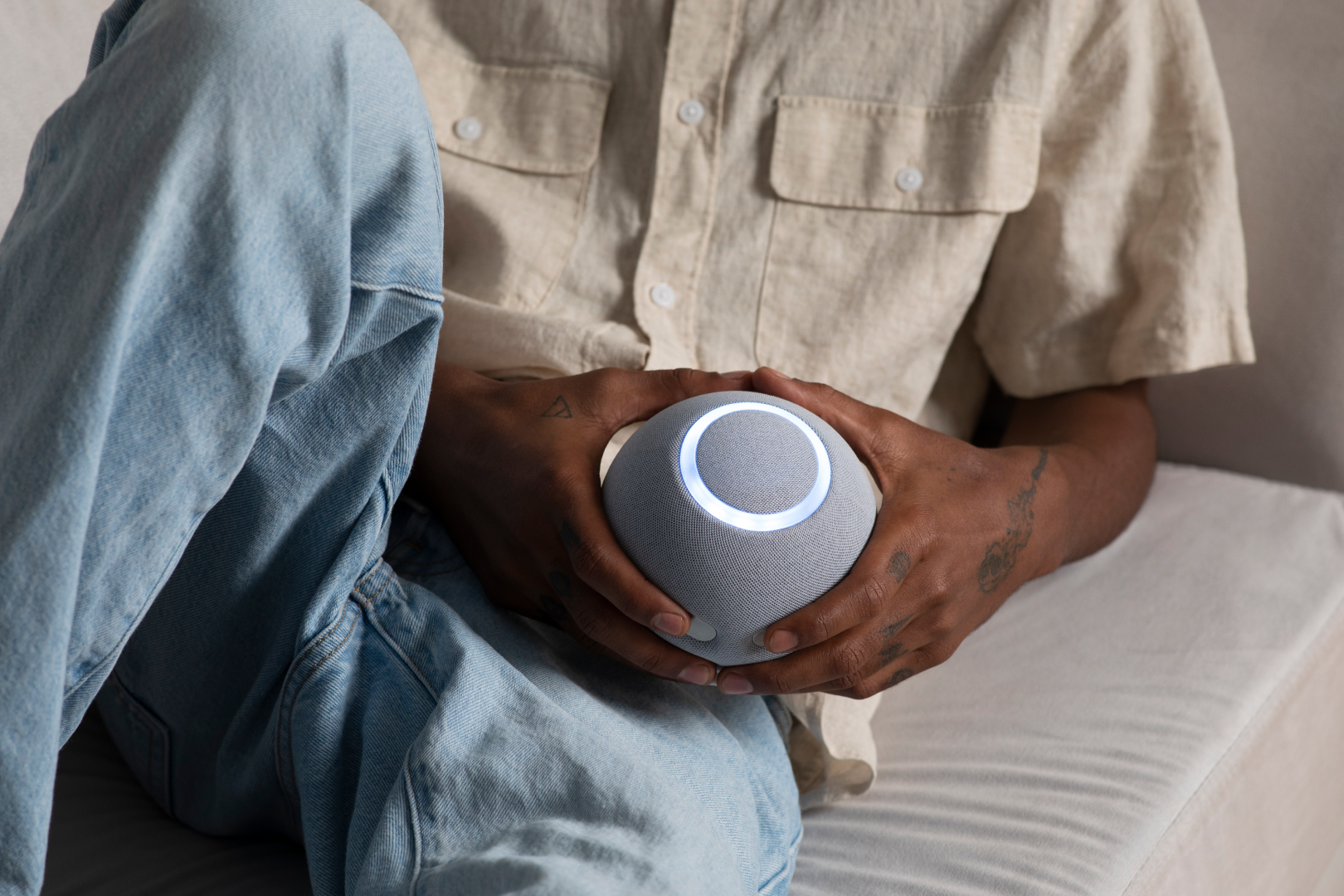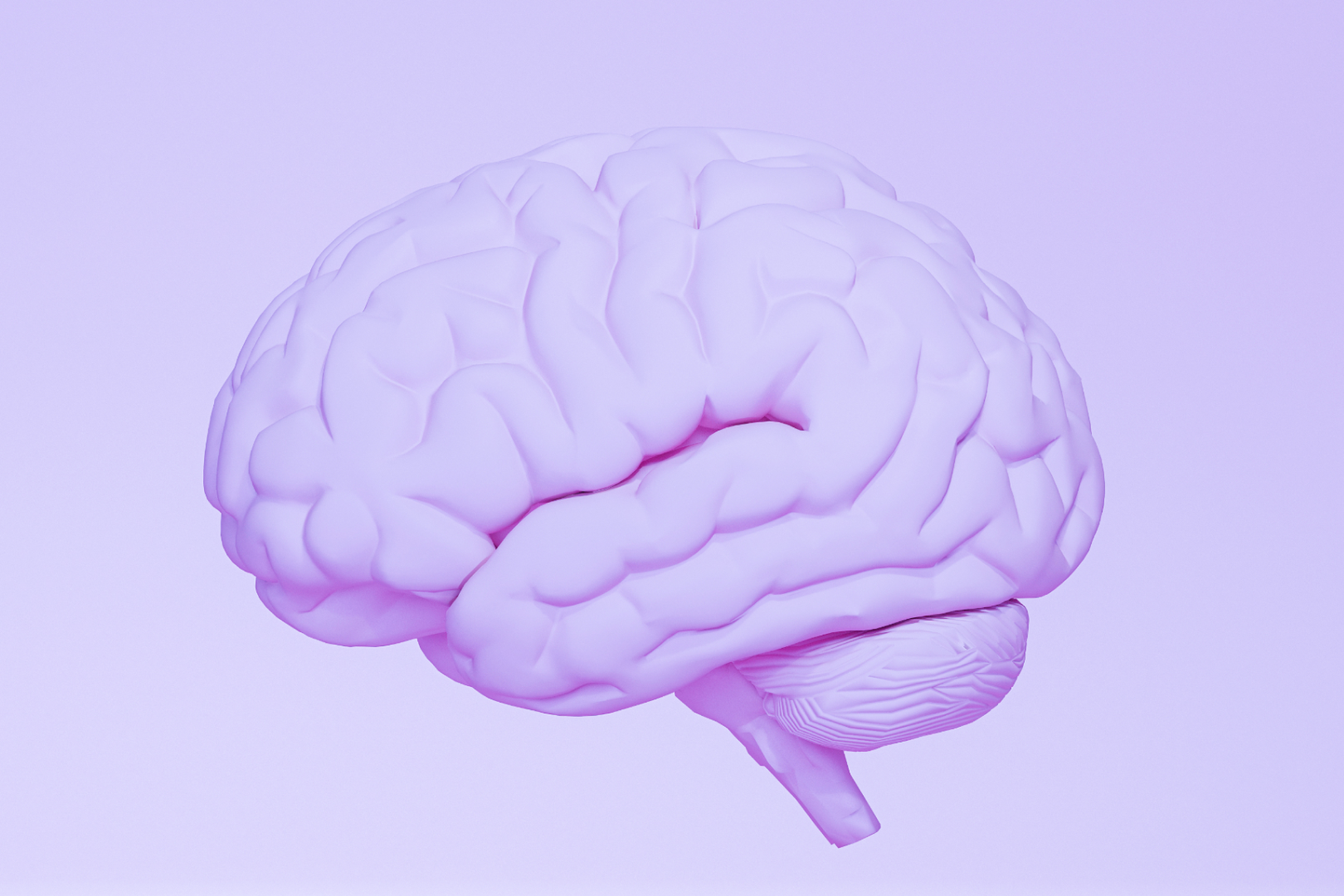The meditation journey has many paths and personal destinations, from guided to unguided, calming to insightful, and mindful to visualization. Not sure where to start? Here is a quick guide to meditation types and techniques.
Whether you’re new to meditation or have been practicing it for years, you’ll find that there is no “right” no “wrong” way to do it. It can also change over time because your meditation practice is uniquely yours and can transform as much as you do. Meditation is a learned skill, a form of training your mind to be fully aware and present to better understand your thoughts and feelings.
The outcome? From reduced stress, business success, improved academic outcomes to a more balanced diet, the benefits of meditation are as vast as the road to get there. While most meditators can agree on the importance of consistency when it comes to meditating - the journey there can significantly vary depending on which meditation technique you practice.
The key to meditating is forming a habit - how you practice it can vary based on spiritual guidance, philosophies, cultures, or personal preference. Not sure where to start? Below we take you through four meditation types and four techniques
Guided Meditation vs. Unguided Meditation
Typically, guided meditation is where one begins their meditation. In guided meditation, a teacher will set expectations, provide guidance and cues that carry you through your practice, with specific examples of what to visualize, how to remove your internal mental chatter, and how you can take the learnings from your course into your daily life.
Even if you’re not a beginner, if you’re going through a particularly stressful period, guided meditation can help you focus in your practice and help you feel more supported. Guided meditation can be done in person (think: the end of a yoga class) or through audio and video on an app like Calm or Headspace. For virtual guided meditation, all you need is a pair of headphones and a comfortable place to sit.
Unguided meditation, also known as silent meditation, is where you dig through your toolbox for the techniques that serve you in a specific moment (more on that toolbox later). In unguided meditation, you are on your own.
You can focus on anything from your breathing to how your body is moving or a specific mantra. Unguided meditation is self-led vs. being explained by an instructor. This is often practiced by those who have experience with guided meditation and are looking to make it their own or a new challenge.
Calming (Samatha) vs. Insightful (Vipassana) Meditation
Calming meditation, also known as Samatha, focuses on bringing about tranquility and a more peaceful state of mind. The technique can concentrate on the abstract concept of the breath, rather than a physical examination of it like in insightful (Vipassana) mediation-- more on that later.
In calming meditation, you concentrate on an "anchor" such as breath or mantra so that whenever your mind wanders, you can bring it back to the center.
Through insightful meditation, also known as Vipassana, the goal is to focus on the physical body, its sensations, and the signals your body provides. It is about gaining clarity -- the word Vipassana is often translated to "see things as they really are."
Through this technique, you concentrate on your breath's physical aspects, such as the rising and falling of the stomach or the way the air fills your nose.
The Toolbox: Common Meditation Techniques
Mindful Meditation
Mindfulness meditation focuses on being in the present and fully aware, without judgment. It is about acknowledging whatever is happening at a specific moment. It can be practiced by sitting still, on the go, on your walk to work, while taking a shower, even eating -- in every part of your daily life. Mindfulness is about focusing attention, and it can be either guided or unguided.
Body Scan Meditation
Body Scan meditation is a more structured form of meditation. Relaxation is not the primary goal here, although it is often a result of the practice. You start by sitting or laying down in a comfortable position, closing your eyes, and beginning to shift focus to a specific part of your body to examine how you feel.
You can start with your right hand, for example - is there anything out of the ordinary? Are your fingers sore from typing on a computer? Arm from playing tennis? Acknowledge the sensations that arise, let go, and then move on to the next body part until you move throughout your body.
Sometimes, stress and emotions can manifest in the physical, so focusing your awareness on these sensations can also help reduce stress. Body scan meditation can be unguided and meaningful for someone to begin incorporating meditation into their routine.
Loving Kindness Meditation
As the name suggests, Loving Kindness meditation is a technique focused on giving and receiving appreciation, being compassionate, and being kind. It is also known as “Metta” meditation.
Through this technique, you focus on directing positive energy, thoughts, and mantras to those around you and yourself - whether it be family, neighbors, or even strangers. It is a guided meditation technique.
Visualization
Guided by a teacher or audio, visualization is a powerful meditation by which you are given cues to imagine certain scenes, images, or situations.
You can use visualization to rehearse an event in your mind that hasn’t happened yet, setting the intention for how you would like the outcome to be when it occurs. This type of meditation is often popular with athletes.
However you meditate, there is no right or wrong.
At certain times in your life and even throughout your day, different approaches may work better for you. You can use the Reflect biofeedback device with both guided and unguided meditation and the other techniques in your toolbox to maximize your meditation practice.
You can even compare the impact of each approach through findings on the Reflect app. Ultimately, meditation is about finding what resonates with you and only you.

